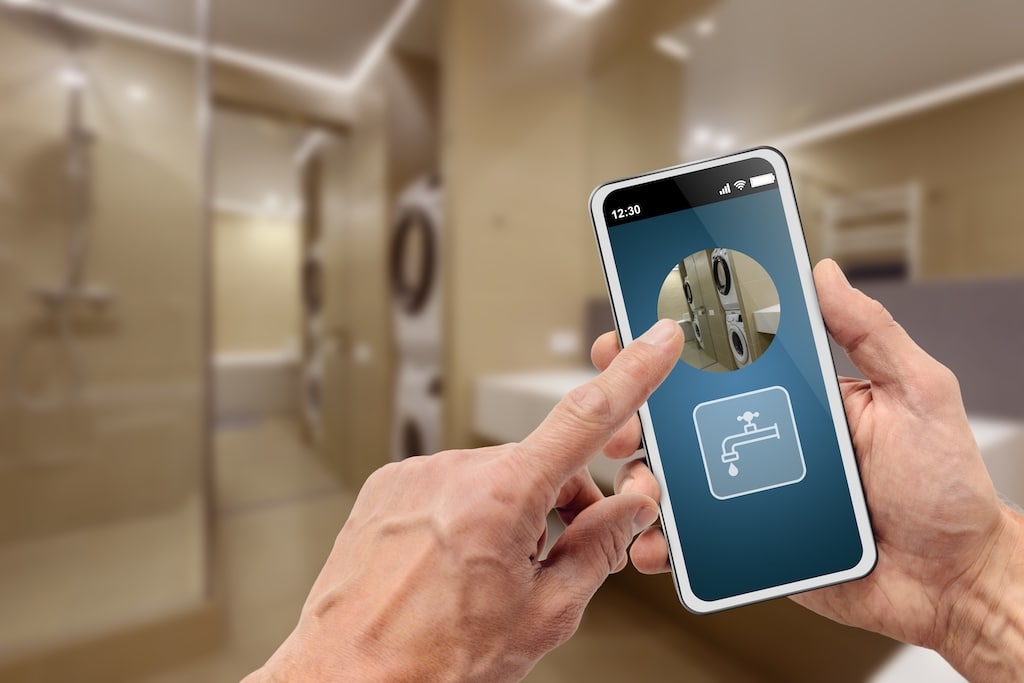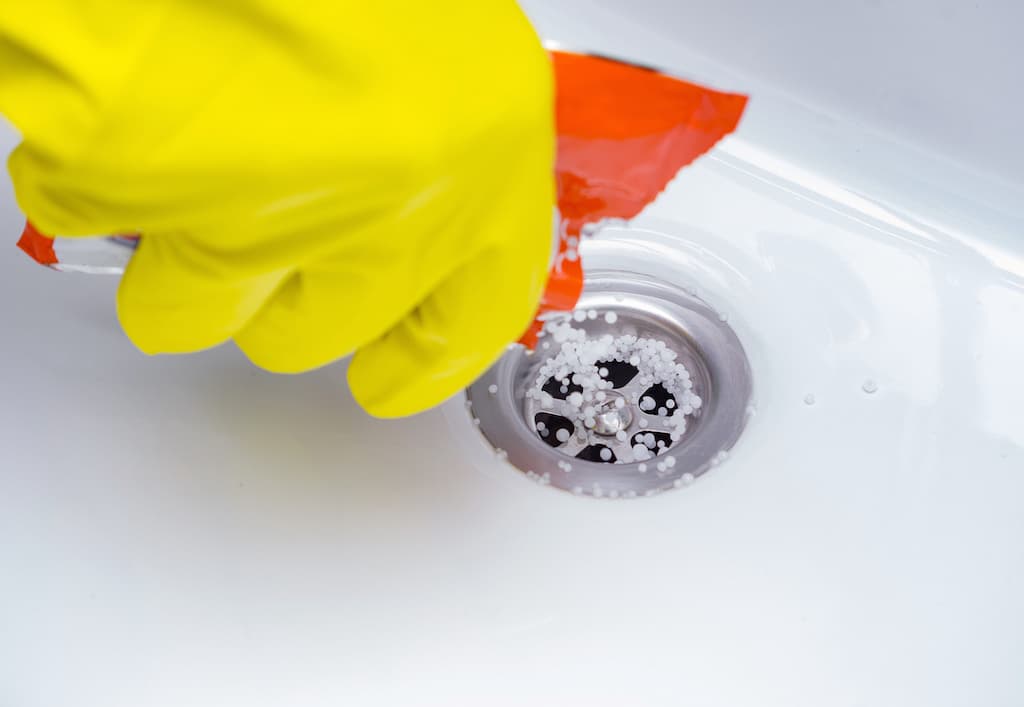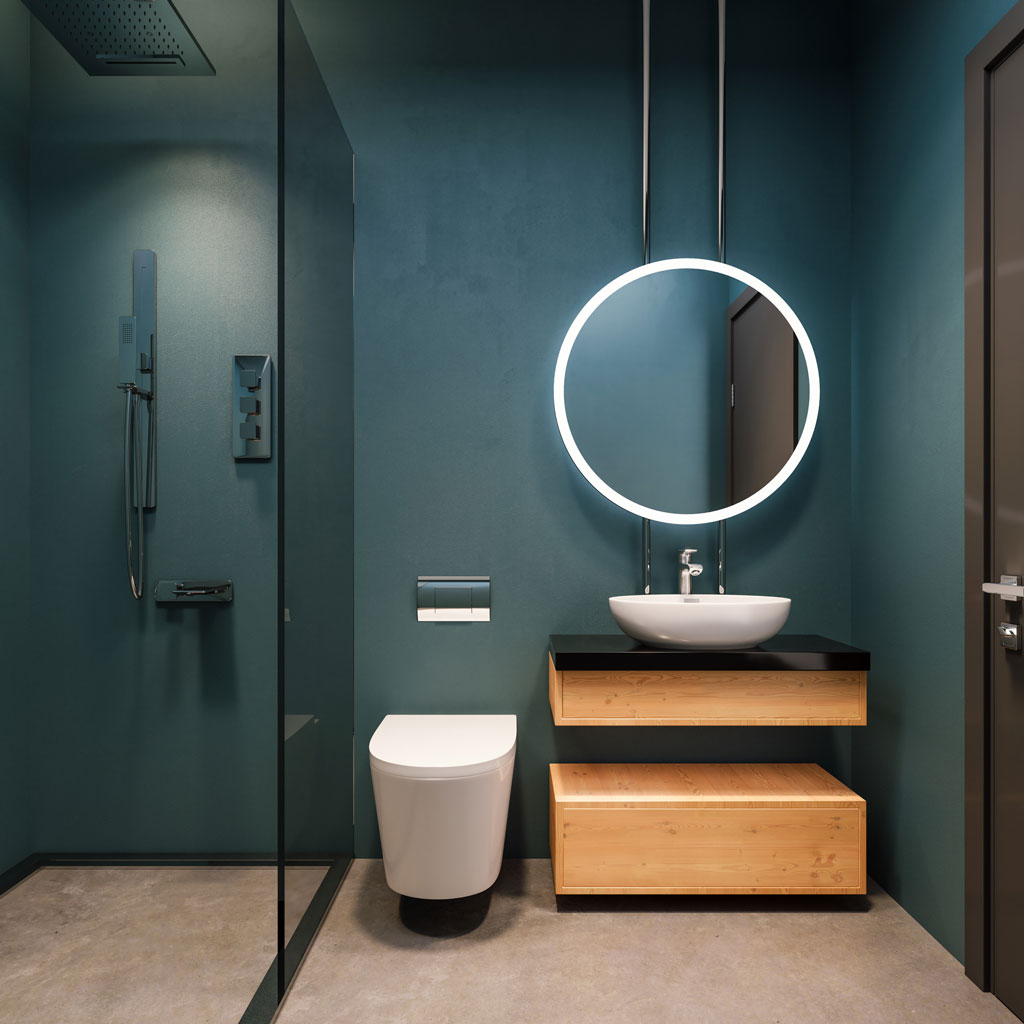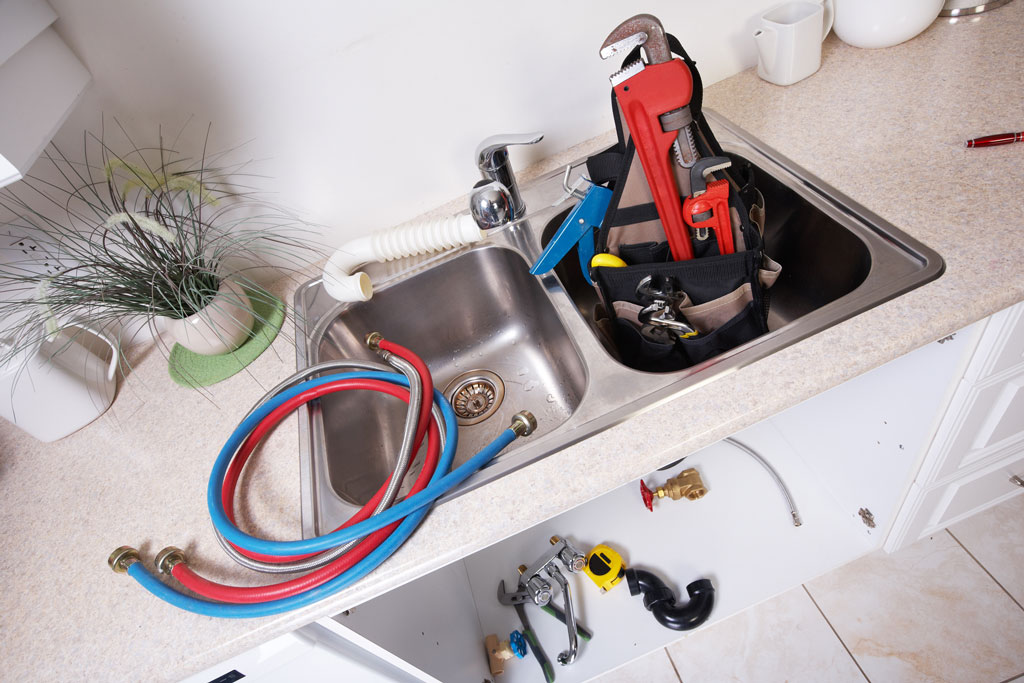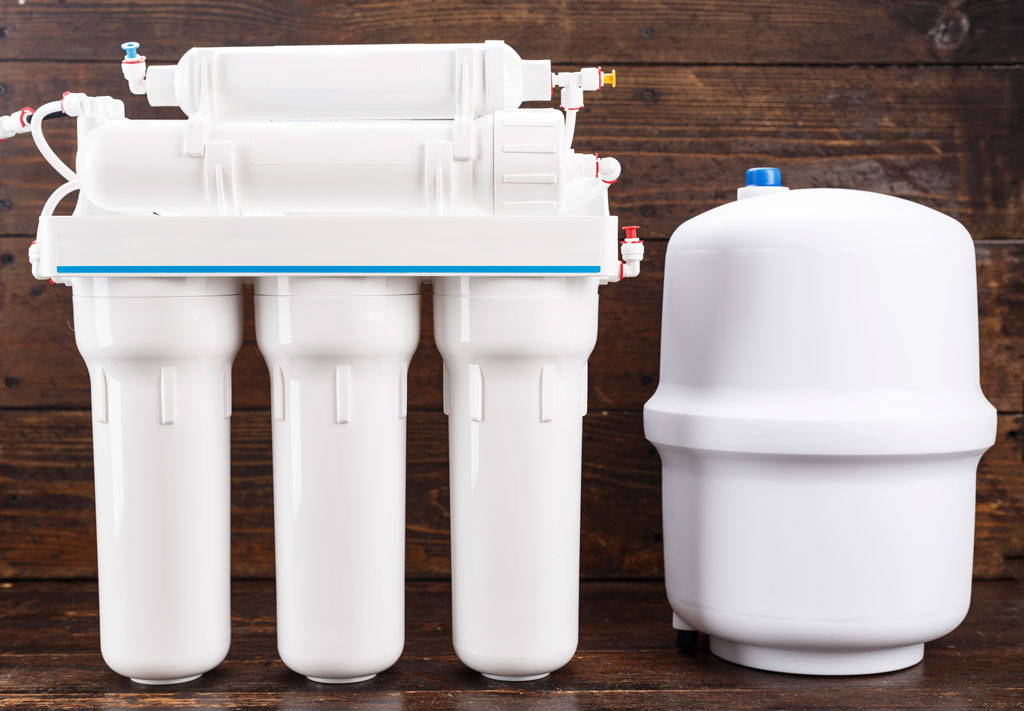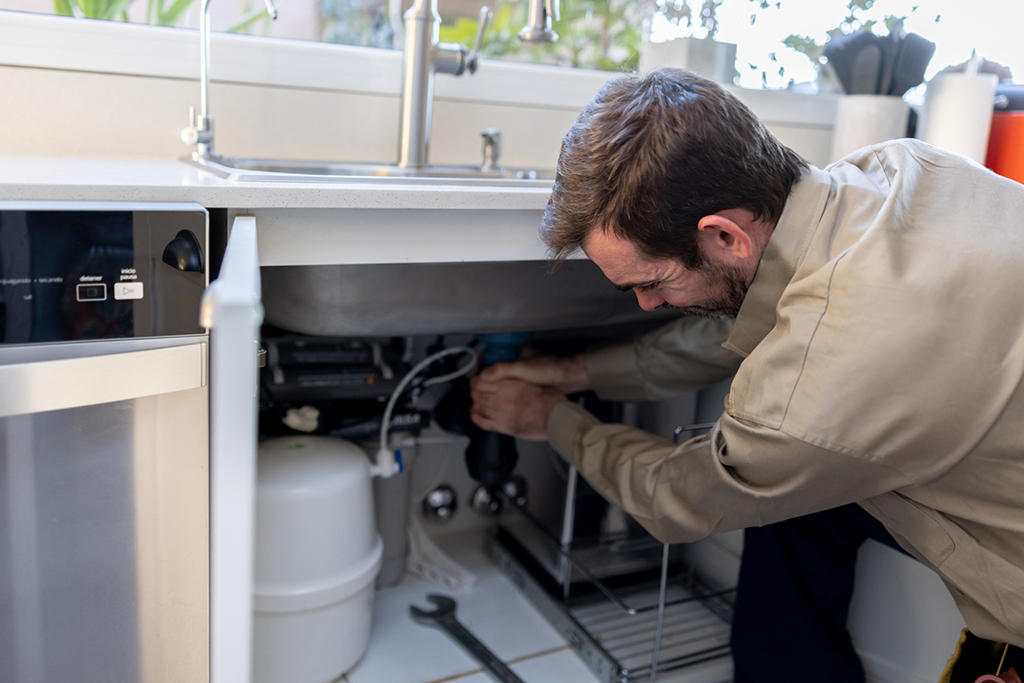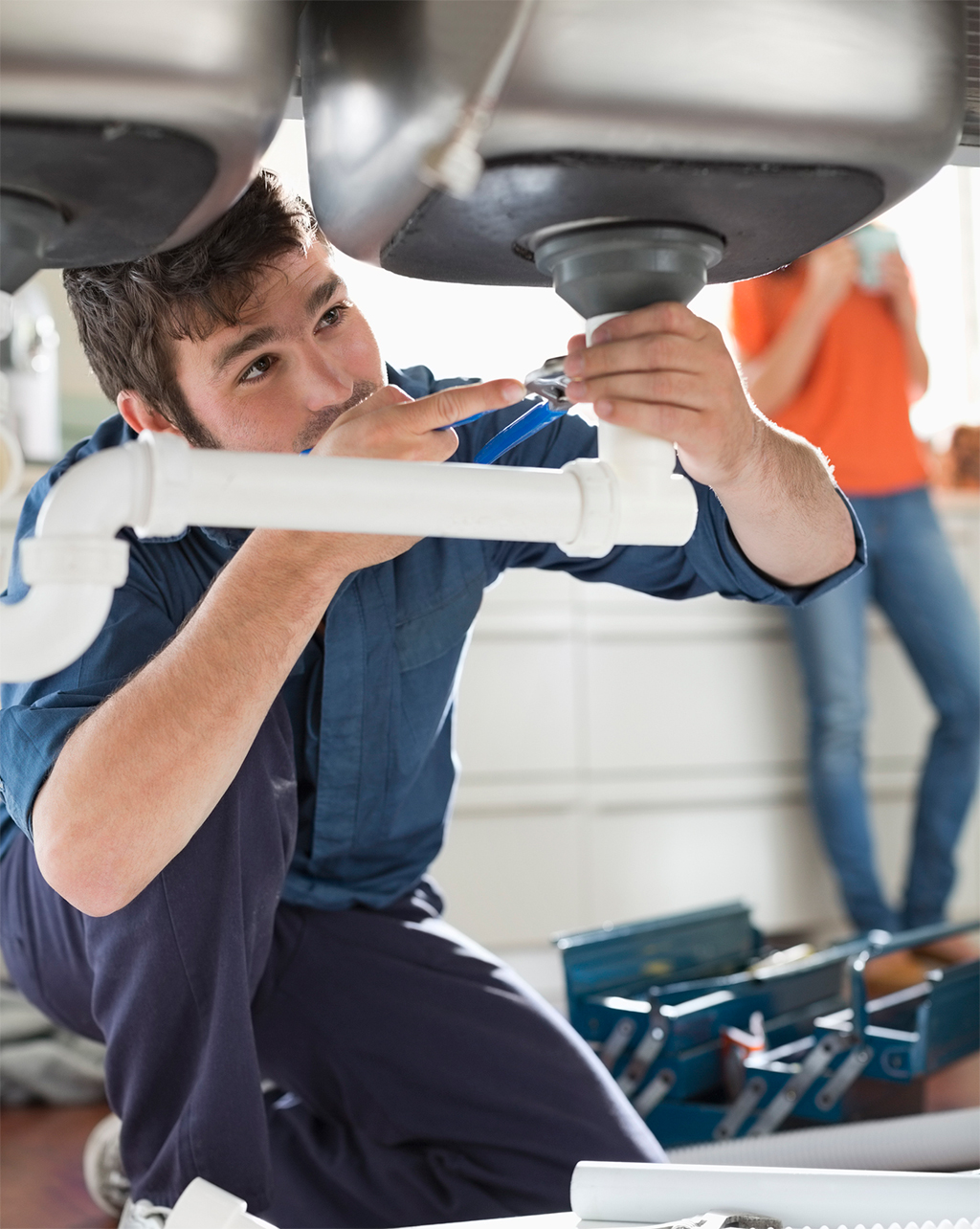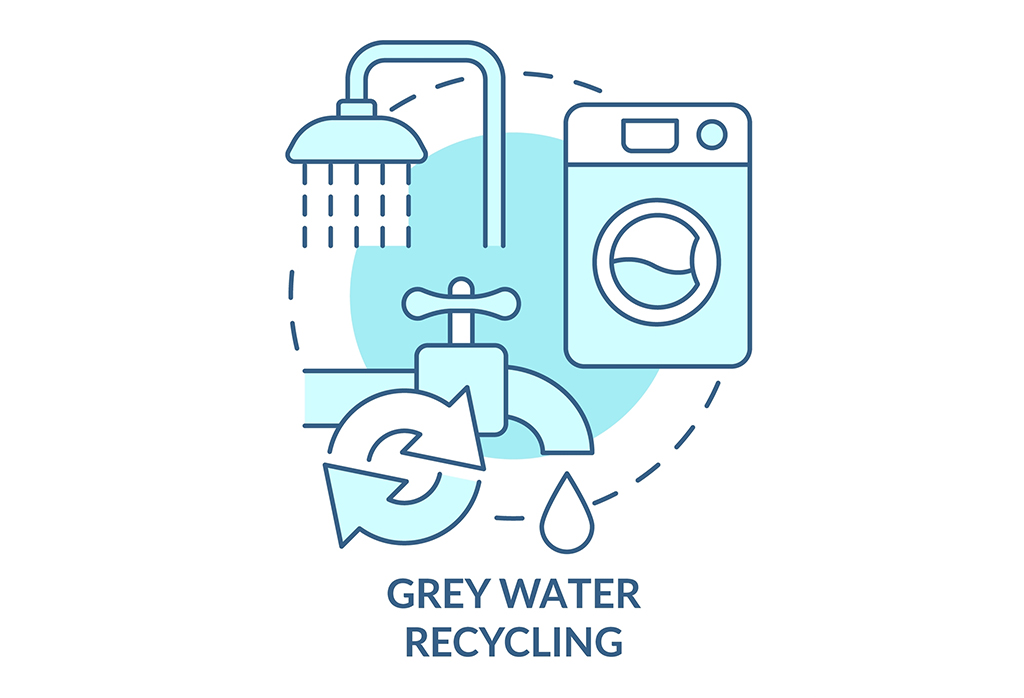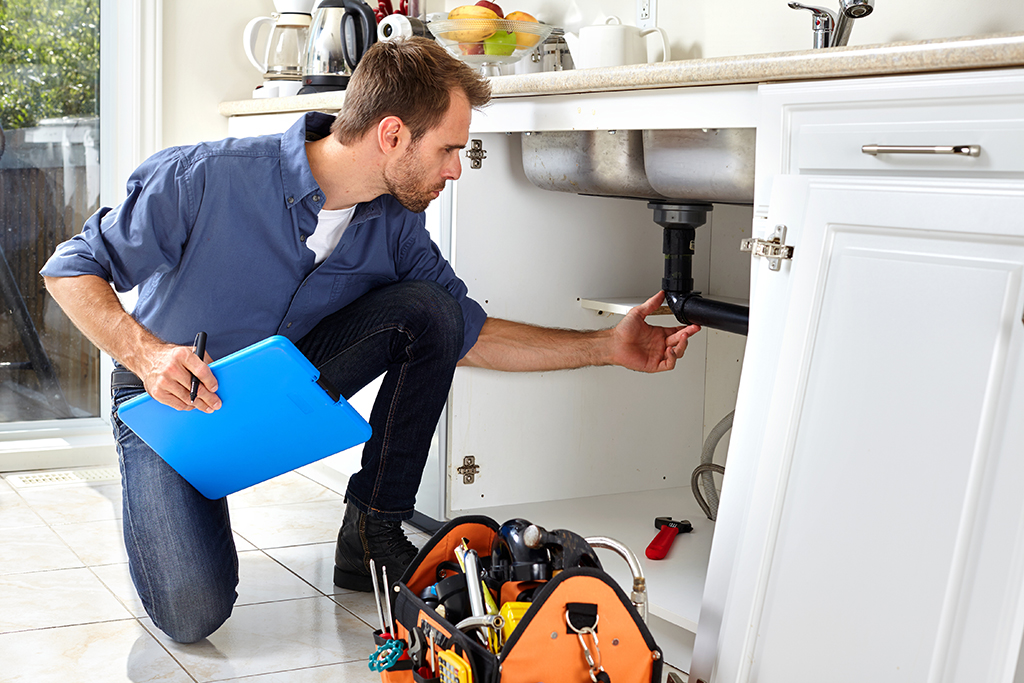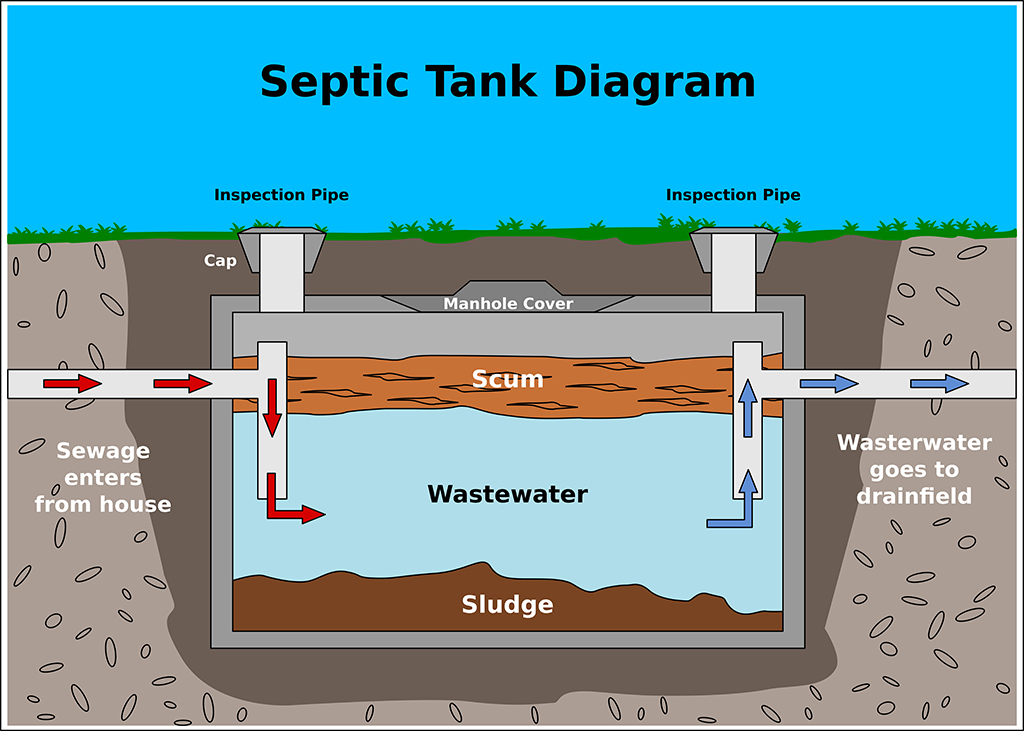Smart Home Integration: The Future of Plumbing
Have you ever wondered how technology is transforming our homes, particularly our plumbing systems? Imagine a world where your home’s plumbing can think, learn, and adapt to your needs. This isn’t science fiction—it’s the future with smart home integration! For homeowners in Fernandina, FL, this means enhanced convenience, cost savings, and a sustainable future.
Photo by Andrew Angelov on Shutterstock.
What is Smart Home Plumbing Integration?
Smart home plumbing integration involves using advanced technology to monitor and manage your home’s water systems. This includes installing smart devices and sensors that can detect leaks, control water usage, and provide real-time updates and control through your smartphone.
Key Components of a Smart Plumbing System
- Sensors: Detects leaks and monitors water flow.
- Smart Water Meters: Track water usage in real-time.
- Automated Shut-Off Valves: Prevent flooding by shutting off water during leaks.
- Smart Faucets and Showers: Control water flow and temperature with precision.
The Evolution of Plumbing Technology
Plumbing has come a long way from ancient aqueducts and clay pipes to the sophisticated systems we have today. Over the centuries, innovations like indoor plumbing, water heaters, and modern sanitation have drastically improved our quality of life.
The latest evolution in plumbing technology is the integration of smart home systems. These systems use the Internet of Things (IoT) to connect devices, enabling them to communicate and provide better control and efficiency.
Key Features of Smart Plumbing Systems
Automated Leak Detection
Imagine getting a notification on your phone as soon as a leak starts in your home. Smart sensors can detect leaks instantly and alert you, helping to prevent costly water damage.
These sensors are placed near water sources like sinks, toilets, and water heaters, ensuring that even the smallest leaks don’t go unnoticed. By addressing leaks promptly, you can save on repair costs and prevent water wastage.
Smart Water Heaters
With smart water heaters, you can control the temperature and heating schedule from your phone. This means you can ensure you have hot water exactly when you need it, without wasting energy.
For example, you can set it to heat water just before you wake up or get home from work, saving both energy and money. Additionally, some smart water heaters can learn your habits over time and optimize heating schedules accordingly.
Remote Control and Monitoring
Smart systems allow you to monitor and control your water usage from anywhere using your smartphone. Whether you’re at home or on vacation, you can adjust the water flow, temperature, and detect any issues remotely.
This gives you peace of mind knowing that you can manage your home’s water systems no matter where you are. Moreover, remote monitoring can help you identify unusual patterns in water usage, indicating potential problems.
Integration with Home Automation Systems
Smart systems can be integrated with other smart home systems like thermostats and security systems. This integration creates a seamless and efficient home environment.
For instance, your system can work with your smart thermostat to optimize water and energy usage, making your home more efficient and comfortable. This cohesive integration allows for comprehensive control of your home environment through a single interface.
Photo by Denys Kurbatov on Shutterstock.
Benefits of Smart Plumbing for Homeowners
Water Conservation and Efficiency
Smart systems help reduce water waste by monitoring usage and identifying leaks. By using water more efficiently, you contribute to water conservation efforts and save money on your water bills.
It’s a win-win situation for both your wallet and the environment. Enhanced water management can also help communities by reducing overall water demand.
Enhanced Convenience and Comfort
Controlling your plumbing system from your smartphone means you can adjust water temperatures, set schedules, and manage usage to fit your lifestyle.
This convenience adds a new level of comfort to your daily routine, making your home life easier and more enjoyable. Customizable settings allow for a personalized experience, ensuring maximum comfort.
Cost Savings and Energy Efficiency
By optimizing water usage and preventing leaks, smart systems can significantly reduce your water and energy bills. The initial investment in smart devices often pays off quickly through these savings, making it a smart financial decision. Furthermore, many smart devices are designed to be energy-efficient, further lowering your utility costs.
Improved Home Safety and Security
Automated shut-off valves and real-time alerts protect your home from potential water damage. These features provide peace of mind, knowing that your home is safe from leaks and floods even when you’re not there to monitor it.
Enhanced safety measures can also increase your home’s overall security, protecting against unexpected water-related incidents.
Smart Plumbing Devices and Solutions
Smart Faucets and Showers
Smart faucets and showers allow precise control over water flow and temperature. Some even offer touchless operation, which helps reduce water usage and the spread of germs.
This means you can enjoy a comfortable shower while saving water and staying healthy. The advanced features can also include preset modes for different family members, ensuring a customized experience.
Intelligent Irrigation Systems
Smart irrigation systems automate your garden watering by adjusting based on weather conditions and soil moisture levels. This ensures your plants get just the right amount of water, promoting healthy growth while conserving water.
These systems can be programmed to follow specific watering schedules, adapting to seasonal changes and local climate conditions.
Connected Toilets and Bidets
Connected toilets and bidets enhance comfort and hygiene with features like heated seats, automatic flushing, and water usage tracking.
These smart devices offer a more luxurious bathroom experience while helping you monitor and reduce water use. Additional features such as customizable cleaning modes and energy-saving settings add to their appeal.
How to Upgrade Your Existing Plumbing to Smart Systems
Steps to Assess Current Setup
Before upgrading to smart systems, evaluate your current setup. Identify areas where smart devices can be integrated, such as old fixtures that can be upgraded or areas prone to leaks.
This assessment helps you understand what needs to be done and plan accordingly, ensuring a smooth transition. It also allows you to prioritize upgrades based on the most critical needs of your system.
Choosing the Right Smart Devices
Research and select smart devices that meet your needs and budget. Look for features like ease of use, compatibility with your existing system, and positive customer reviews.
Choosing the right devices ensures you get the most benefits from your smart upgrade, maximizing both efficiency and convenience in your home. Additionally, consider devices with good warranty and support options for added peace of mind.
Installation Tips and Considerations
Some smart devices can be installed by homeowners, while others may require professional installation.
Follow manufacturer instructions carefully and consider hiring a professional for more complex installations. Proper installation is crucial for the optimal performance of your new system, preventing potential issues down the line. Ensuring proper setup can also enhance the longevity and reliability of your devices.
Smart Plumbing and Sustainability
Eco-Friendly Solutions
Smart systems promote eco-friendly practices by reducing water waste and encouraging efficient water use. These solutions help conserve natural resources and reduce your environmental footprint, making your home more sustainable. Adopting these practices contributes significantly to global conservation efforts, benefiting both current and future generations.
Reducing Water Waste and Environmental Impact
By detecting leaks early and monitoring water usage, smart systems help reduce unnecessary water consumption. This not only saves you money but also contributes to a more sustainable future by conserving precious water resources. Over time, these small changes can lead to substantial environmental benefits, such as decreased strain on local water supplies.
Photo by Denys Kurbatov on Shutterstock.
Common Challenges and How to Overcome Them
Potential Issues with Smart Plumbing Systems
While smart systems offer many benefits, there can be challenges such as initial installation costs, compatibility issues, and the need for a reliable internet connection.
These challenges can be daunting but are manageable with the right approach. Proper planning and research can mitigate many of these issues, ensuring a smoother implementation process.
Troubleshooting Tips and Solutions
Regular maintenance and monitoring can help address potential issues. Keep your system updated, and contact customer support for any persistent problems.
Being proactive about maintenance ensures your smart system runs smoothly and efficiently. Regular check-ups can also extend the lifespan of your devices, providing long-term benefits and performance stability.
Smart Plumbing Maintenance and Upkeep
Routine Maintenance Tips
Regularly check your smart devices for updates and perform routine inspections to ensure they are functioning properly. Clean sensors and replace batteries as needed to keep your system in top shape.
Ensuring Longevity and Optimal Performance
Follow manufacturer guidelines for maintenance and use. Consider scheduling annual inspections by a professional plumber to ensure your system remains in optimal condition. Proper maintenance extends the life of your smart plumbing system and ensures it continues to operate efficiently.
Future Trends in Smart Plumbing Technology
Emerging Innovations and Technologies
The future of smart plumbing includes advancements like AI-powered water quality monitoring, predictive maintenance algorithms, and even more seamless integration with other smart home systems.
These innovations will make smart systems even more effective and user-friendly. Enhanced connectivity and smarter analytics will allow for proactive maintenance and greater resource efficiency.
Predictions for the Next Decade
As technology continues to evolve, we can expect smarter, more intuitive systems that offer even greater efficiency, convenience, and sustainability.
The next decade promises exciting developments that will further enhance the way we manage our home’s water systems. Innovations will likely focus on even greater automation, personalized user experiences, and broader adoption of eco-friendly technologies.
Choosing the Right Smart Plumbing Service Provider
What to Look for in a Service Provider
When choosing a smart service provider, look for experience, customer reviews, and a range of services. Ensure they offer the latest smart technologies and reliable customer support. Additionally, a good provider should have a proven track record of successful installations and ongoing maintenance services.
Questions to Ask Before Hiring
- What systems do you offer?
- Do you provide installation services?
- What kind of maintenance and support do you provide?
- Can you provide references or customer testimonials?
- How do you ensure the compatibility of new systems with existing setups?
These questions can help you determine the reliability and expertise of the service provider, ensuring you make an informed decision.
Ready to Upgrade? Contact Bert Norman’s Plumbing Today!
Are you ready to experience the future of plumbing in Fernandina, FL? Bert Norman’s Plumbing is here to help you make the switch to smart systems. With our expert installation and top-notch customer service, you can enjoy all the benefits of a smart home without the hassle. Contact us today at 904-225-5888 to learn more and get started on your journey!
Frequently Asked Questions (FAQ)
What are smart home water systems?
Smart home water systems use advanced technology to monitor and manage your home’s water usage, enhancing control and efficiency. They integrate with other smart home devices to provide a comprehensive solution for water management.
How do smart leak detectors operate?
Smart leak detectors use sensors to detect moisture and send alerts to your smartphone if a leak is detected, allowing for quick action to prevent damage. These detectors can be placed near water sources like sinks and water heaters to catch leaks early.
Are these smart systems costly?
While the initial investment can be higher, smart water systems can save you money in the long run by conserving water and preventing costly repairs. Over time, the savings on your water bills can offset the initial costs.
Can I install these smart devices myself?
Some smart devices are designed for easy DIY installation, but others may require professional help to ensure proper setup and functionality. It’s important to follow the manufacturer’s instructions carefully to avoid any issues.
How do smart water systems help conserve water?
They monitor water usage, detect leaks early, and provide insights and recommendations to help you reduce water waste effectively. By identifying and addressing inefficiencies, these systems promote more sustainable water consumption.
How do smart water meters work?
Smart water meters track your home’s water usage in real-time, providing detailed reports that help you understand consumption patterns. This data can help you make informed decisions to optimize water use and identify potential issues.



